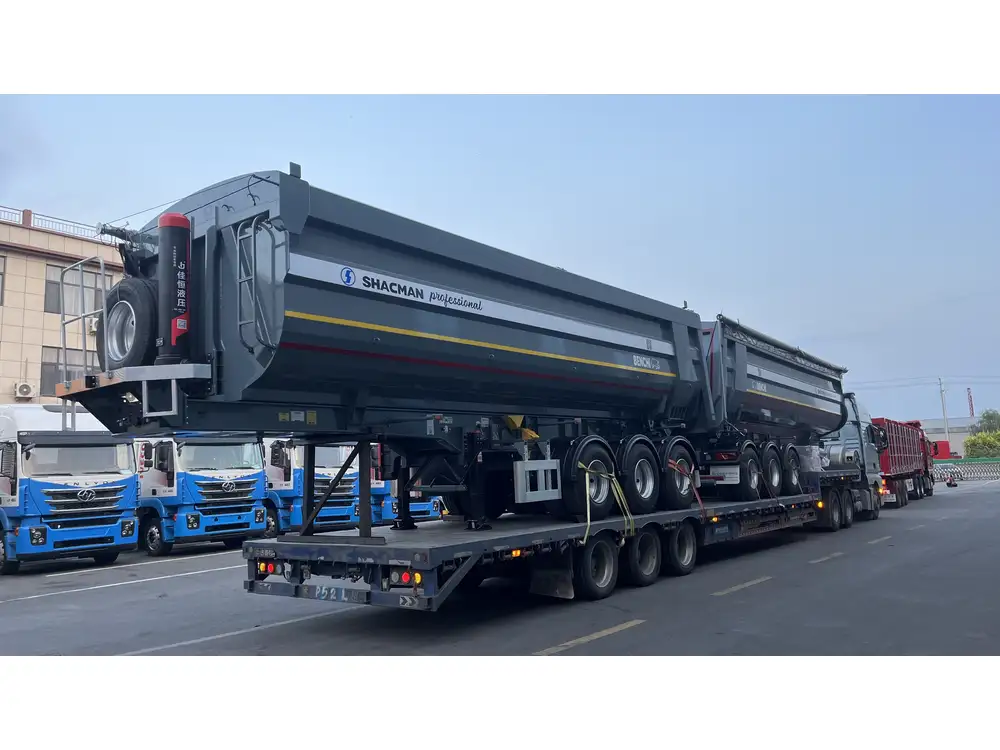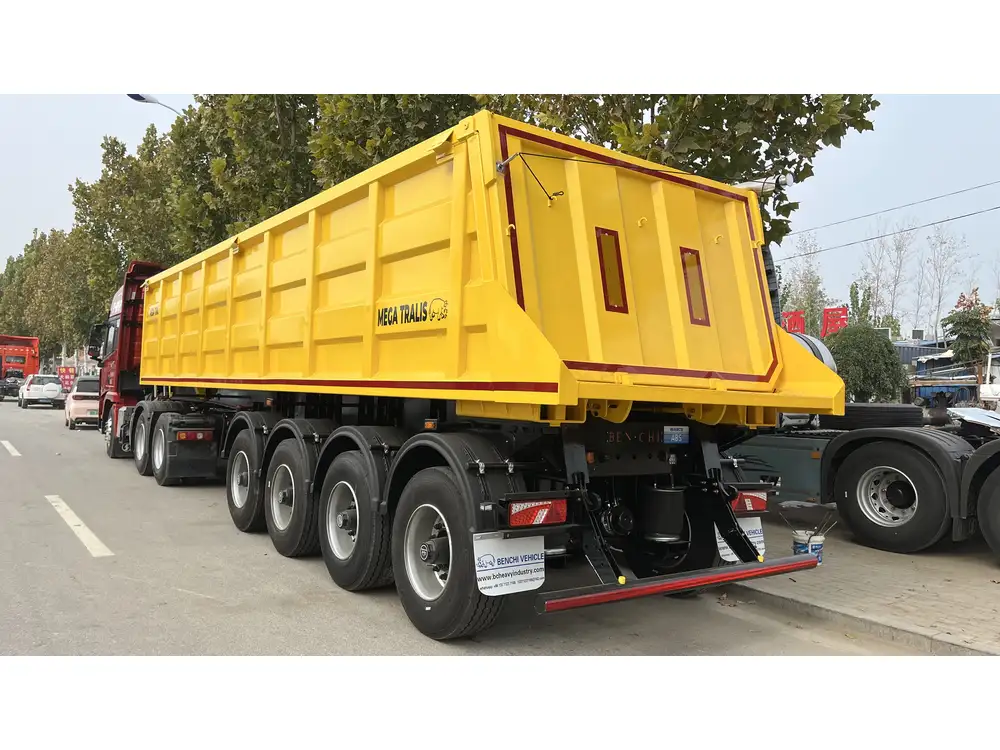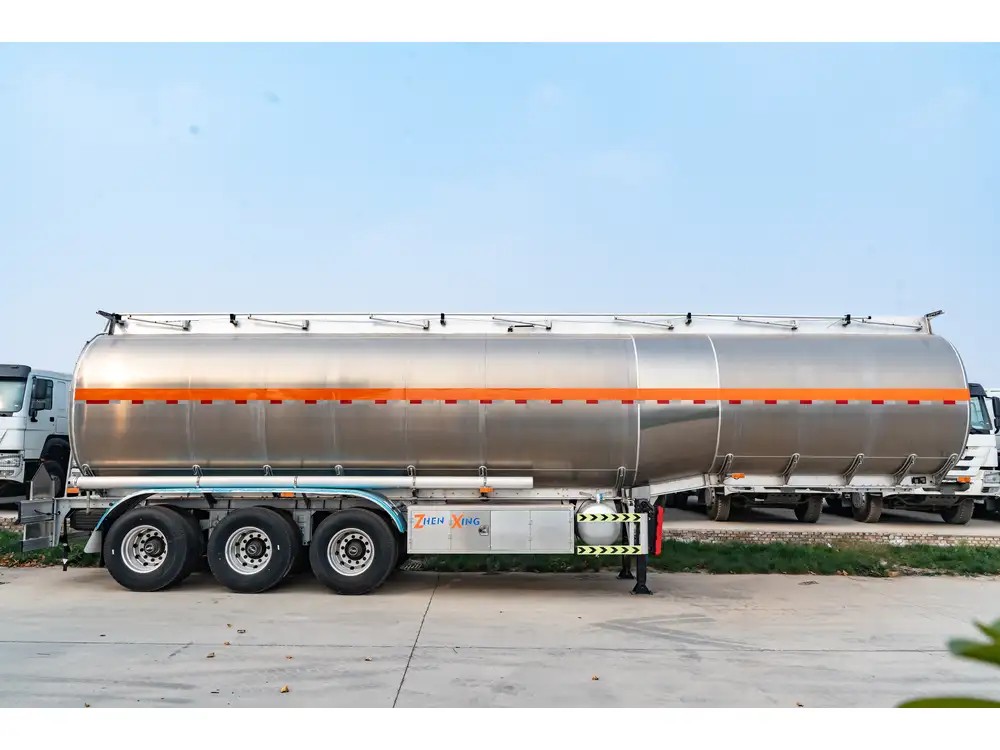Transporting a travel trailer to a bauxite dump involves several factors that intertwine logistics, regulatory compliance, and cost assessments. The cost to take a travel trailer to a bauxite dump will vary based on a multitude of elements including the distance of transportation, local regulations, and the specific characteristics of the trailer itself. This article breaks down these components to give you a comprehensive understanding of what influences the overall cost of transportation and potential considerations for making your operations more efficient.
1. Analyzing the Cost as a Multi-Faceted Issue
Transporting a travel trailer isn’t merely about fuel and distance. It’s an intricate web of considerations, including:
Distance: The length of the haul will significantly impact costs. Typically, transportation costs increase with distance due to fuel consumption and time.
Type of Trailer: Different travel trailers have different weights and dimensions that affect transportation. Heavier trailers may require specialized equipment.
Regulatory Factors: Local, state, or federal regulations may impose additional fees or require permits for transporting certain types of loads.
Seasonal Variations: Transportation prices can fluctuate based on the time of year, demand for logistics services, and weather conditions.
Cost Categories
Here’s how to consider each category when planning for a transport haul:
| Cost Factors | Description |
|---|---|
| Fuel Costs | Fuel prices fluctuate; consider the fuel economy of the trucking vehicle. |
| Driver Fees | Costs incurred from hiring or using internal drivers, including hourly rates and expenses. |
| Insurance | Coverage for transit; trailer insurance adds another layer of cost. |
| Permits/Fees | Specific permits needed for oversized or heavy loads can increase total costs. |
| Equipment Rental | If specialized vehicles or equipment (like dollies or extra axles) are needed, factor this in. |

2. Dissecting Transportation Distance and Its Implications
The distance between pickup and the bauxite dump site is a primary determinant of transportation costs. Generally, costs increase with distance due to:
Fuel Consumption: More significant distances mean more fuel, which affects bottom-line costs.
Wear and Tear: Longer journeys lead to increased wear and tear on vehicles. Companies need to account for maintenance or possible breakdowns.
Cost Breakdown Example
For illustration, let’s assume a travel trailer needs to be transported 100 miles to a bauxite dump:
- 0-25 miles: Typically costs between $150–$300 based on local market rates.
- 25-50 miles: Expenses might ramp up to $300–$600.
- 50-100 miles: We could see costs ranging from $600 to $1,200 or more, depending on weight and dimensions.
Furthermore, longer distances often lead to additional lodging and meal expenses for drivers, which can further increase total costs.
3. Assessing Trailer Specifications
Different travel trailers (e.g., bumper pull, gooseneck) possess distinctive characteristics affecting transport logistics.

Dimension and Weight
| Trailer Type | Typical Weight (lbs) | Average Dimension (ft) | Transport Equipment Needed |
|---|---|---|---|
| Lightweight | 3,000 – 7,000 | 20 – 30 | Standard Pickup Truck or SUV |
| Medium Weight | 7,000 – 10,000 | 25 – 35 | Heavy-Duty Pickup or Dual-Axle Trailer |
| Heavyweight | 10,000 + | 30+ | Specialized Transport Vehicle or Flatbed Trailer |
The greater the weight or size of the trailer, the stricter regulations and permit requirements tend to be. Each state may have unique guidelines about what can be transported and how.
4. Navigating Regulatory Framework
Regulatory policies surrounding the transport of travel trailers can add layers of complexity to the cost structure. Ensure compliance with local and state regulations, which may entail:
Special Permits: Some jurisdictions require oversized load permits for trailers exceeding specific dimensions. The permit fee can vary widely, often ranging from $10 to $200.
Weight Limits: Exceeding weight limits on roads can result in fines. It’s critical to know the specifications of haul routes.
Travel Restrictions: Certain routes may have restrictions based on load type or size and may impact the chosen route and duration.
5. Understanding Seasonal and Market Factors
Demand for transportation services can vary seasonally, which significantly impacts costs:

Seasonal Cost Fluctuation
Peak Seasons: During peak travel seasons, demand for transportation services swells, leading to higher rates.
Off-Season Rates: Conversely, during off-peak periods, businesses often lower their prices to attract customers.
Geographic Variations: Rates can also vary by region based on economic conditions, local competition, and transportation infrastructure effectiveness.
6. Calculating Overall Expenses
To create a comprehensive estimation, businesses must compile the costs from all the factors previously discussed. Let’s work through a hypothetical calculation:
Example Calculation
Assume a 100-mile transport of a medium-weight trailer (8,000 lbs):
- Distance Cost: $800 (determined via market research)
- Fuel Cost: $150 (equivalent to 15 mpg in a truck averaging $3/gallon)
- Driver Fees: $250 (for 8 hours of work)
- Permit Fees: $50 (one-time fee)
- Insurance Coverage: $75 (for the trip)
Total Estimated Cost: $800 (Distance) + $150 (Fuel) + $250 (Driver) + $50 (Permit) + $75 (Insurance) = $1,325

7. Strategies for Reducing Transportation Costs
Finding methods to minimize transportation expenditures can yield significant savings over time. Here are some strategies to consider:
7.1 Optimizing Load Capacity
Maximize the hauling capacity to ensure you are transporting the most trailers without exceeding weight limits.
7.2 Comparing Transportation Providers
Get quotes from multiple suppliers. Comparing services can lead to lower rates and possibly better services.

7.3 Using Technology for Route Optimization
Modern software solutions provide optimization routes to reduce fuel consumption and time while allowing for efficiency tracking.
7.4 Leverage Off-Peak Scheduling
Timing transport during off-peak seasons can align with lower rates, taking advantage of reduced demand.
8. Anticipating User Questions and Challenges
While understanding costs is fundamental, anticipating questions that users might not initially consider will present additional value. Here are common queries often overlooked:

Questions and Considerations
- What specific permits do I need for my region?
- How should I prepare my trailer for transport?
- What if my trailer requires extra maintenance before transport?
- How does the weather affect transport logistics?
Conclusion: Making Informed Decisions
In the face of diverse challenges associated with transporting travel trailers to bauxite dumps, implementing a structured approach allows manufacturers and transport logistics companies to arrive at informed decisions. By dissecting each aspect of the process and understanding its intricacies, businesses can significantly optimize their transportation operations and minimize costs.
Whether through regulatory navigation, cost analysis, or strategic execution, planning can ultimately lead to a successful transport process. Seek continuous improvements and adjust your strategies as market conditions evolve, ensuring your place within the competitive landscape remains robust and efficient.



